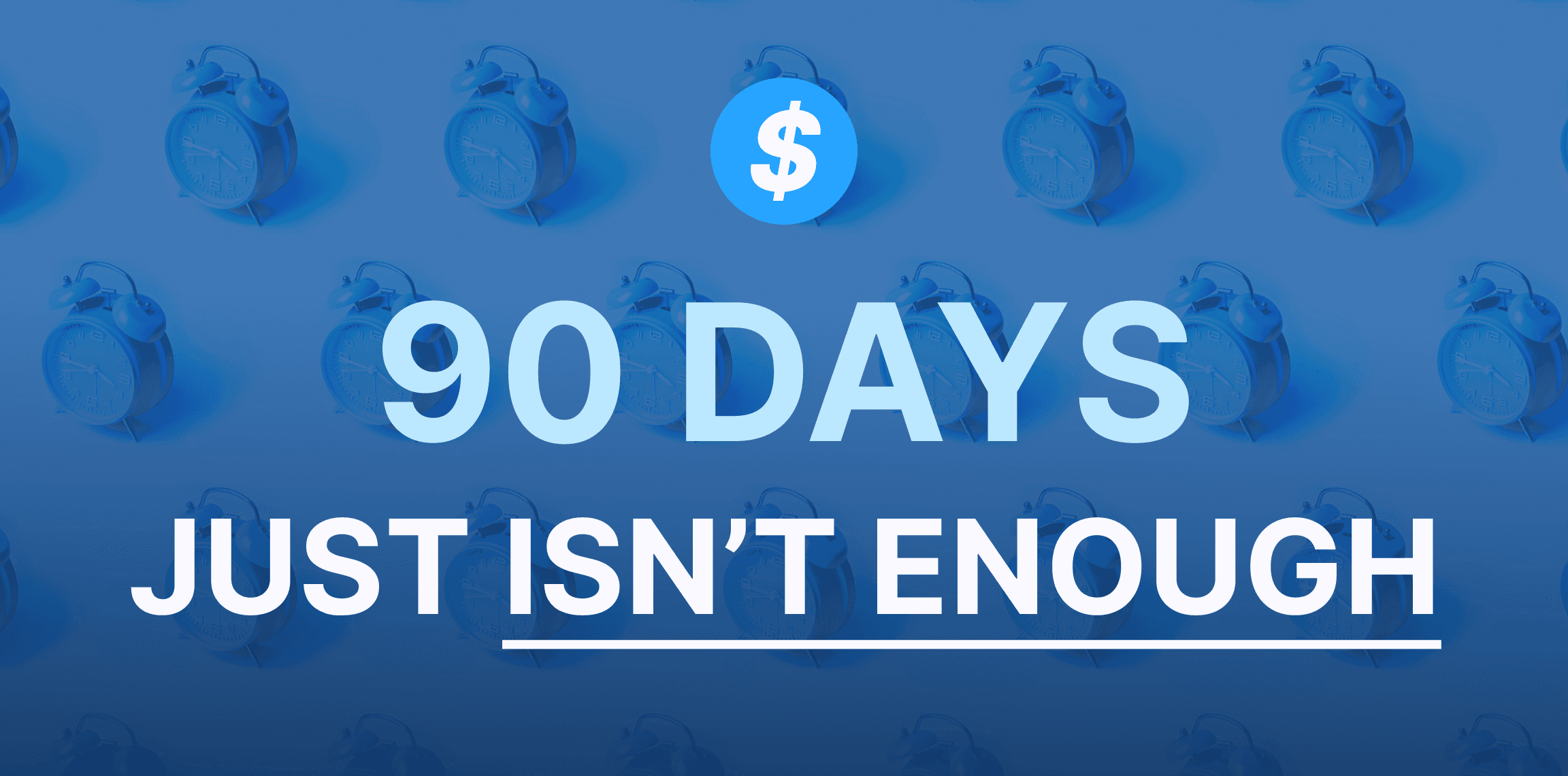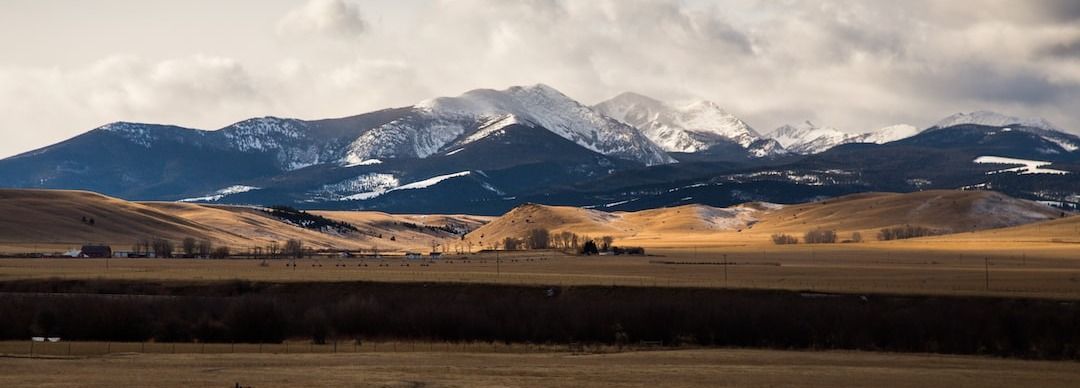Think you can complete your BEAD application in 90 days? Think again.
January 18, 2024
If you're waiting for your state's application, you'll be too late.

State officials need to prioritize planning for the deployment of federal broadband funds and not discount wireless solutions in the process, said Jonathan Adelstein, president and CEO of the Wireless Infrastructure Association.
“People need to get moving pretty fast on this thing, given the level of funding coming,” Adelstein said in an interview with Broadband.money.
“They have got to have the legal and administrative framework — if they don’t already have something developed under ARPA [the American Rescue Plan Act,] they’ve got to get moving,” he said.
Adelstein is a former Federal Communications Commissioner and Administrator of the U.S. Department of Agriculture’s Rural Utilities Service.
A analysis conducted for the WIA by the infrastructure company Tilson found that many states and territories haven’t created specific programs or offices to allocate ARPA funding or funding from the Infrastructure, Investment and Jobs Act.
The report was published late last year. Since then, some governors and legislatures that haven't established programs have discussed the need for some organizational principles, but others state offices simply link to federal Treasury guidelines to provide local governments and Internet Service Provider grant applicants guidance.
The states that Tilson identified as in “pre-planning” stages of development include: Alaska, American Samoa, Mississippi, New Jersey, North Dakota, Puerto Rico, U.S. Virgin Islands and Washington, D.C.
Broadband.money estimates show that these states and territories may not be prepared to efficiently funnel the hundreds of millions of dollars of funds coming their way, or be in a position to help local governments make the most of the money by providing training, planning and engineering consulting resources.
For example:
President Joe Biden signed ARPA into law in March 11, 2021. The legislation provides $350 billion in state and local recovery funds. It includes $10 billion in Capital Projects Fund state block grants.
Some states like Missouri and Louisiana, and local governments have been working around the clock to use the money to build broadband networks for unserved or underserved areas as defined under a combination of Treasury rules and state law.
These activities also include creating state mapping initiatives so that they can get a jump on which areas need to get funded most urgently — and so they can fight for as much funding from the federal government as is necessary.
Other state offices have waited because they weren’t clear about Treasury’s rules.
Other states — Alaska being a prime example — don’t have a point person or program for the billions coming their way.
More specifically, states and tribal territories have $65 billion coming their way in the form of infrastructure and digital equity grants.
The legislation allocates $42.5 billion for broadband infrastructure rollout and $14.2 billion to subsidize low income households' monthly broadband and subscriptions. The rest is targeted to initiatives focused on digital inclusion, tribal connectivity, middle mile infrastructure and the United States Department of Agriculture (USDA)’s ReConnect Loan and Grant Program.
When Tilson and other groups talk about states being “ready” for federal funding, they mean that state level governments have an organizational and legal structure in place to funnel and manage funds efficiently.
States such as Illinois, Maine, Minnesota, North Carolina, Tennessee and Virginia are the furthest along. Some of these states also have extensive webinar programs to help local officials to understand broadband technologies and grant application processes.
States need staff to examine grant applications and a system for scoring the grants in order to decide which projects should get the funding under the IIJA.
They need accurate maps and data to figure out what households really do and don’t have access to broadband, and at what price levels.
They need to develop programs to spread digital literacy. They need to communicate with other departments across state and local governments to streamline permitting processes.
All of the states are at various stages of getting ready. California’s vast bureaucracy, for example, is already engaged in the process of rulemaking to decide how to disburse IIJA funding for example.
And Governor Newsom has already announced the state’s $6 billion middle mile projects.
Meanwhile, the Missouri General Assembly’s special committee on broadband development has synthesized months of work and research into a comprehensive list of recommendations to Governor postgres Parson’s administration. The list is, in effect, a to-do list for state broadband deployment as it gets ready to send out $400 million in ARPA funding.
The full list of recommendations is available here.
Meanwhile, Alaska also has a to-do list from a task force report. But unlike Missouri and 47 other states with some point person and/or broadband office, Alaska has yet to create such an office, or to implement its task force’s recommendations — even though the state has a large population that are on the wrong side of the digital divide and need the most help.
Adelstein and others say these states need to act quickly — yet thoughtfully — to put the administrative staff in place to be able to make full use of the money.
And they need to have flexible enough rules to enable a wide range of grant applicants to participate — or state residents will remain unconnected despite Congress’ best efforts.
“Congress cannot assume that if it provides funding with narrow strictures that its vision can be achieved – even if funding levels are very large as to appear sufficient,” Adelstein told the Senate Commerce Committee last June. “I am concerned that if Congress does not provide implementing agencies with needed flexibility, it will find that for many areas, no qualified applications will come in the door and areas will remain unserved.”

January 18, 2024
If you're waiting for your state's application, you'll be too late.

January 09, 2024
The big sky state joins a small list of eligible entities that have kicked off their broadband challenge process.